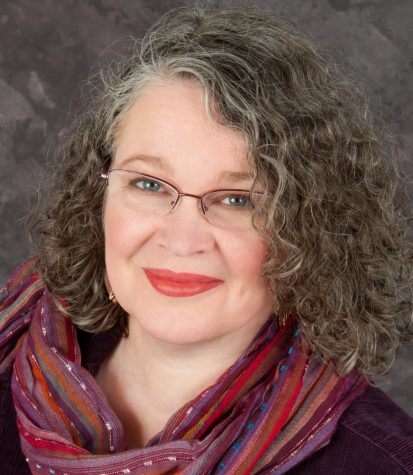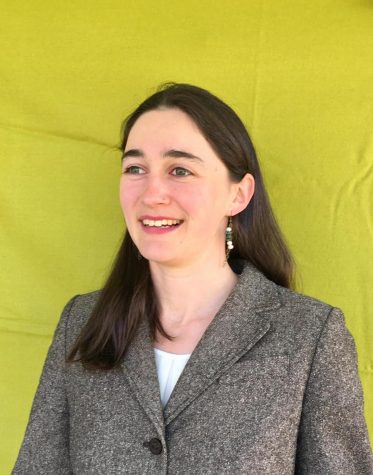What they think: part 2
The first installment of this article can be found here.
Basement Medicine asked legislators one question: “The financial difficulties of the Vermont State Colleges System are well known. The VSCS chancellor’s office produced a white paper in 2019 that found declining enrollment and chronic underfunding by the legislature to be the two top issues facing the system. The VSCS currently receives roughly 17 percent of its funding from the state compared to an average of 30 percent for public institutions regionally. As a legislator, would you advocate for parity of funding with the VSCS’s sister institutions in neighboring states? If so, why and how? If not, why, and what would you look for instead?”
Here are their responses.

Shannara Johnson,
Republican, running for Lamoille-Washington District
“It is a sad fact that our state colleges are woefully underfunded while our public school system is obscenely overfunded.
Just a few fun facts for your consideration:
– Vermont spends more on K-12 education than most other US states. The average spending per year per student in the US is $12,612. According to the Census, in Vermont, it’s more than 19,000.
– We have 13.8 students per teacher here in Vermont; in most other US states, it’s 16 students per teacher.
– We have 54 school superintendents who all make an average of $157,000 per year; that’s $8.5 million a year just for superintendent salaries.
– You could say that all of this may be worth it if Vermont public school students would get a stellar education in return. But that’s not the case: Vermont’s test scores are roughly average among the US states.
Some of the colleges’ salaries make you wonder too. (https://www.uvm.edu/sites/default/files/UVM-Office-of-Institutional-Research/base-pay/sr19.pdf). For example, why did UVM Athletic Head Coach make $318,270 in 2019? How is that justified? Why do UVM professors make up to $250,000 and, in one case, even $400,000? Why does UVM President Garimella make $480,000? (By the way, this is just the base pay, so some of those people might be earning quite a bit more.)
It’s not just the schools either. Vermont has 146 state employees per 10,000 residents (97 for other US states).
Vermont’s bureaucracy is unbelievably bloated… and the more bureaucrats populate the State House, the more bureaucracy they create. If we were to put our bloated public sector on a strict degassing diet, we could easily afford to finance our state colleges.
Our state colleges need to be saved because who will want to move to Vermont (or stay here) if there aren’t any colleges for their kids? I believe we could cure our state colleges’ ails without taxing our population to death for education—which we are unfortunately doing right now.
Education dollars come from Vermonters’ property taxes, which are already the 2nd-highest in all of the United States. And what are we actually getting for it? So yes, I absolutely think colleges should get more money and public schools less.”

Richard Bailey,
Republican, running for Lamoille-2 District
“I can support the continuation of the State Colleges, as long as they remain viable. They are an important economic engine for the small towns where they exist. That said, it is important to realize that the State Colleges cannot continue down the current path. If money is found to keep them afloat, there needs to be a lot of out of the box thinking such as: A review of all administrative positions; The functions of the chancellor’s office handled by the individual locations; Administrative tasks should be centralized, purchasing, payroll, and human resources, each location could take on one of the functions; A review of pay and benefits, the current benefit package is unsustainable; New hires would have a benefit structure that would be sustainable; Elimination of free tuition for children of employees; Competitive online learning degrees; Alternative uses for some of the infrastructure.
On the issue of additional funding, some money might come from the elimination of the chancellor’s office. With UVM and Chittenden County being an economic engine in itself, maybe some of their funding could be transferred to the state colleges. Any additional spending would have to come from within existing state spending budgets. Vermonters are not in a position to handle additional increased taxes to keep the state colleges afloat.”

Lucy Rogers,
Democrat, incumbent Lamoille-3 District
“Higher education broadly is undergoing shifts on a national and international level. State schools are struggling; small, private colleges are closing; and there is a growing awareness that, except in the most privileged areas, larger, elite, private institutions can be inadequate at producing local leaders to guide us through the challenges to come. The future lies in schools like our state colleges, and we in Vermont have an opportunity to envision and demonstrate to the world how community-based, public, higher education can be both socially relevant and financially sustainable in the 21st century.
I have consistently been a strong supporter of NVU and the state colleges. This spring, when the chancellor announced the intended campus closures, I dedicated myself to advocating within the legislature, as well as to VT’s federal delegation, the Governor, and the VSCS Board of Trustees, that the abrupt closure of three campuses in the middle of a public health crisis, with no viable plan for serving current students or continuing to serve future students, was a complete non-starter. I organized within the community to ensure that our voices were heard by state leaders, and I worked together with Rep. Noyes and Rep. Hill to capture and record some of the innovative ideas for the future of the Vermont State Colleges that emerged during that time.
As it became clear that immediate campus closure would not proceed, I focused my work within the legislature on funding for the state colleges and advocated for what became a $28.5 million appropriation to the Vermont State Colleges this year. I will continue to use my position to advocate for increased state funding for the Vermont State Colleges moving forward, even as I recognize that this is an incomplete solution. What we ultimately need, and what I will also continue to advocate for, is not just increased state funding but also innovation, adaptability, and a federal reckoning with the cost and delivery of higher education.”


